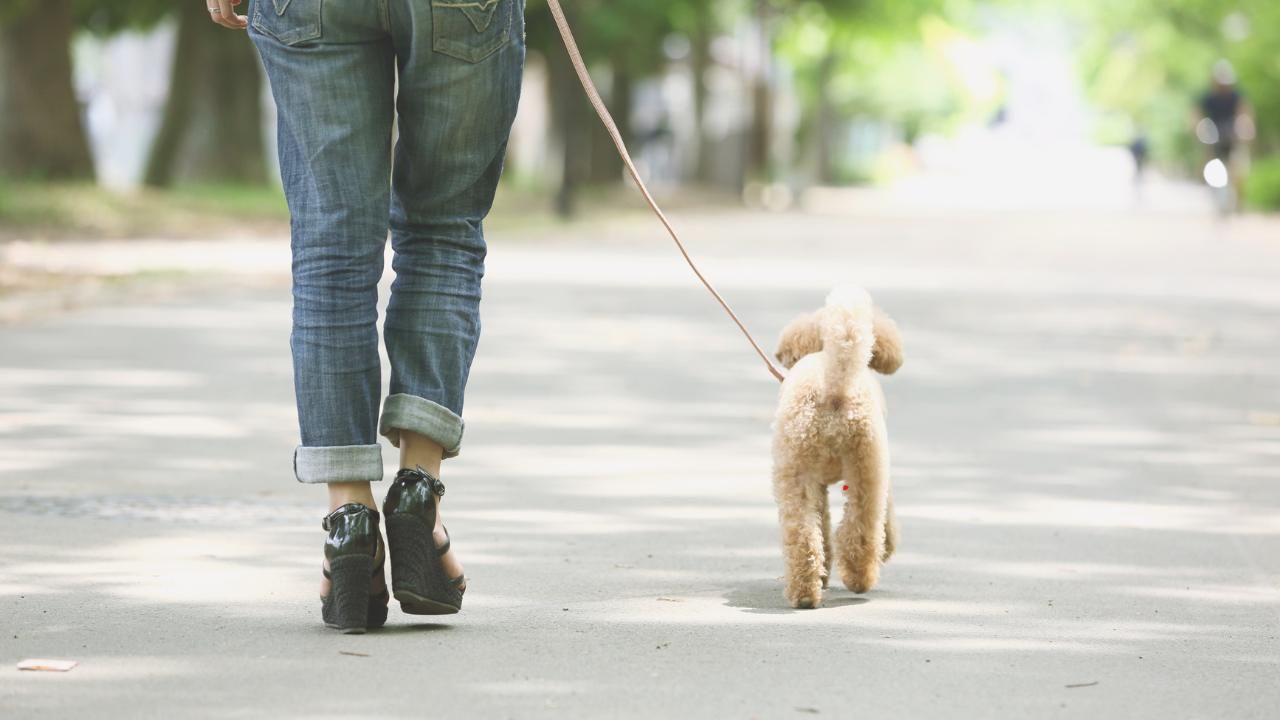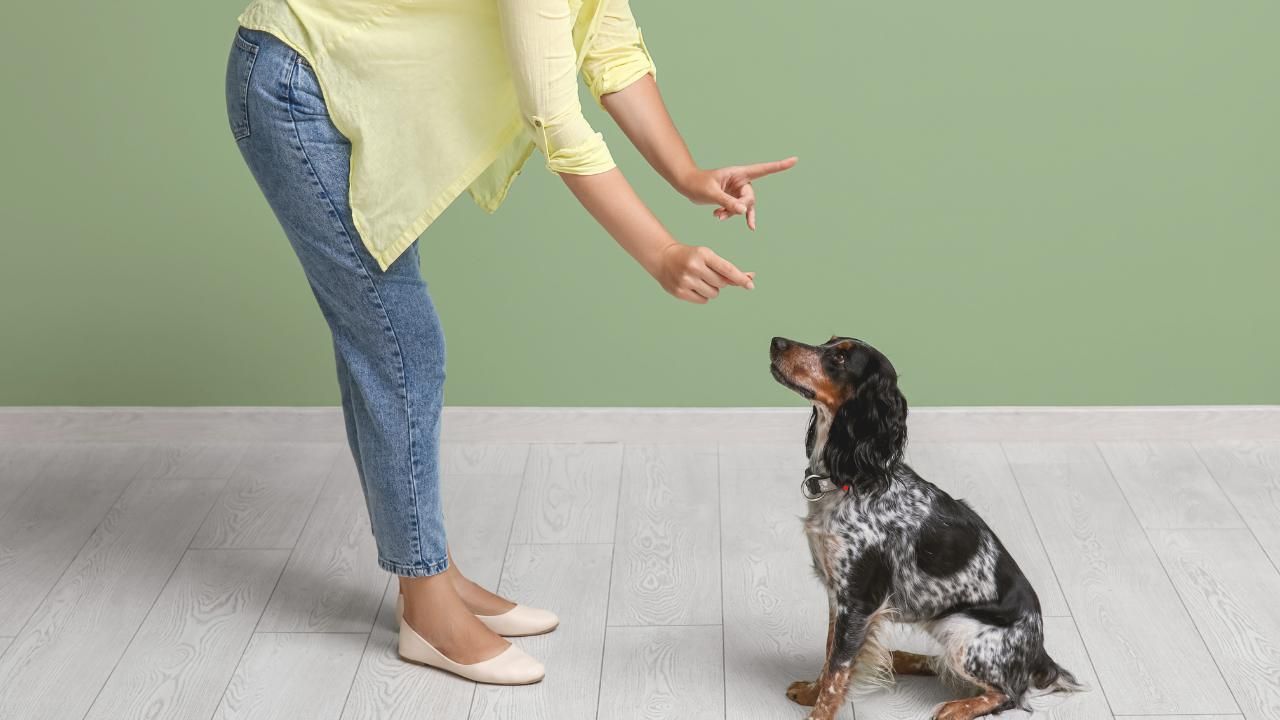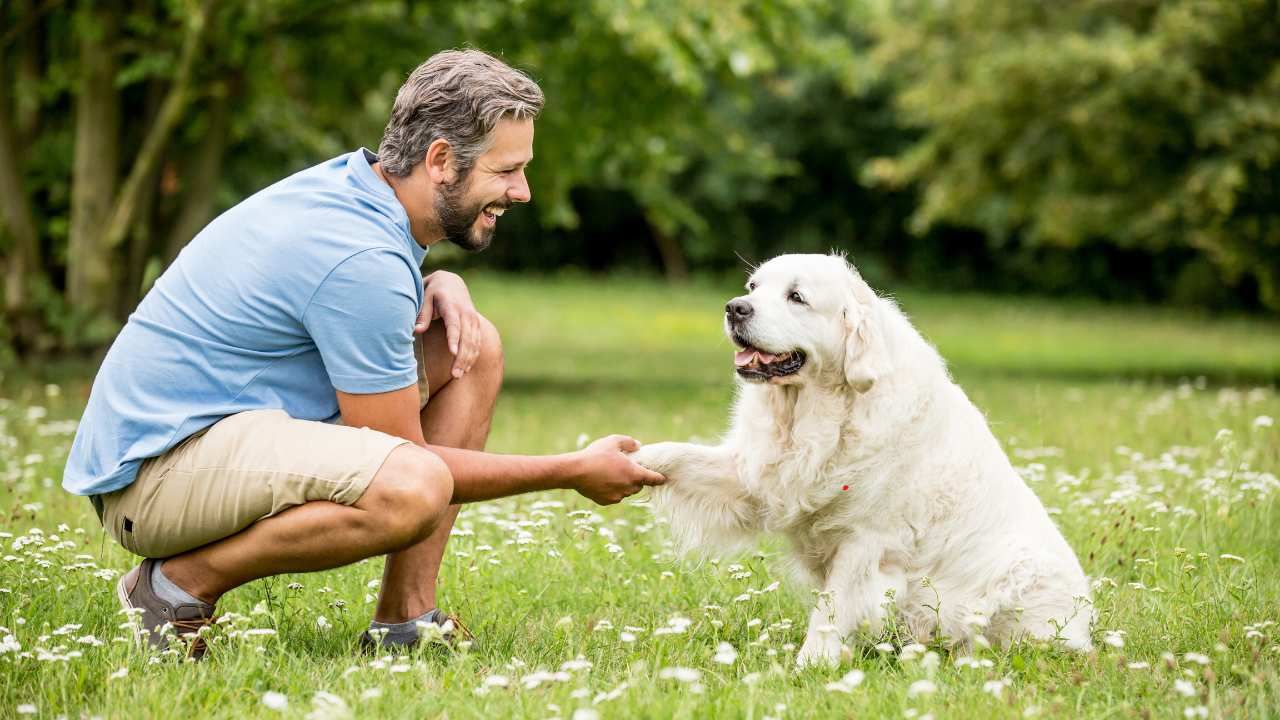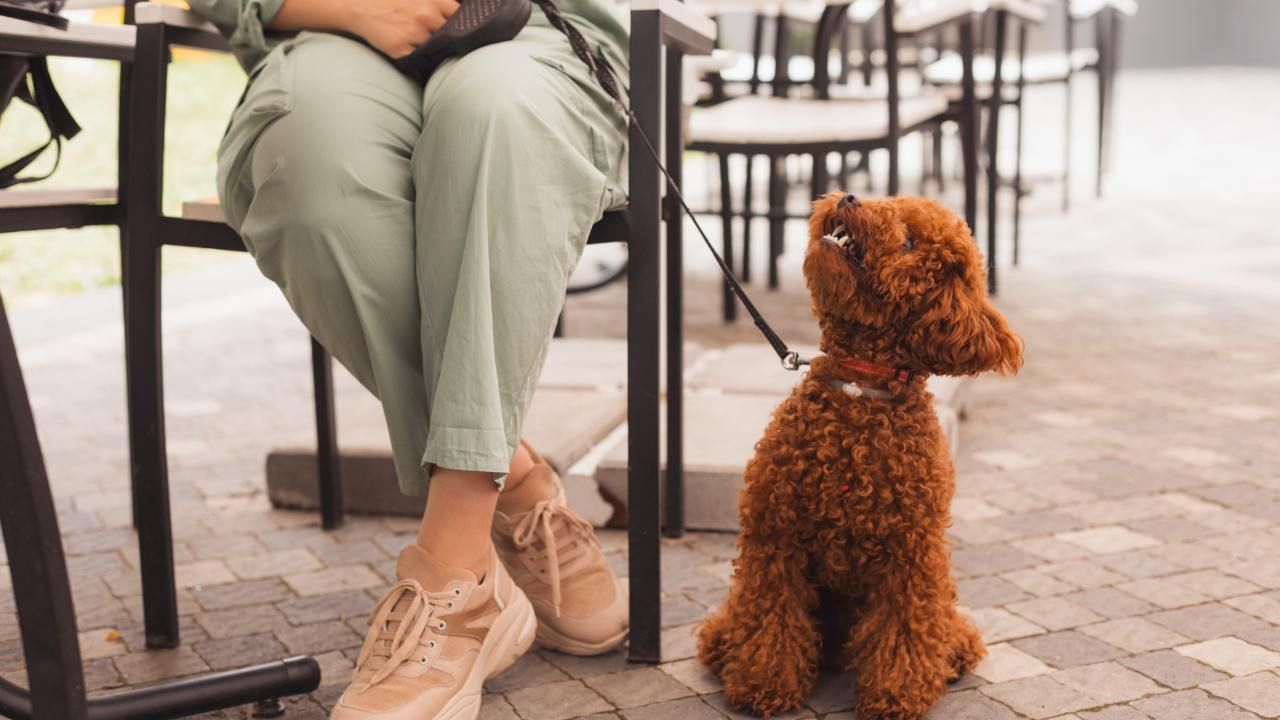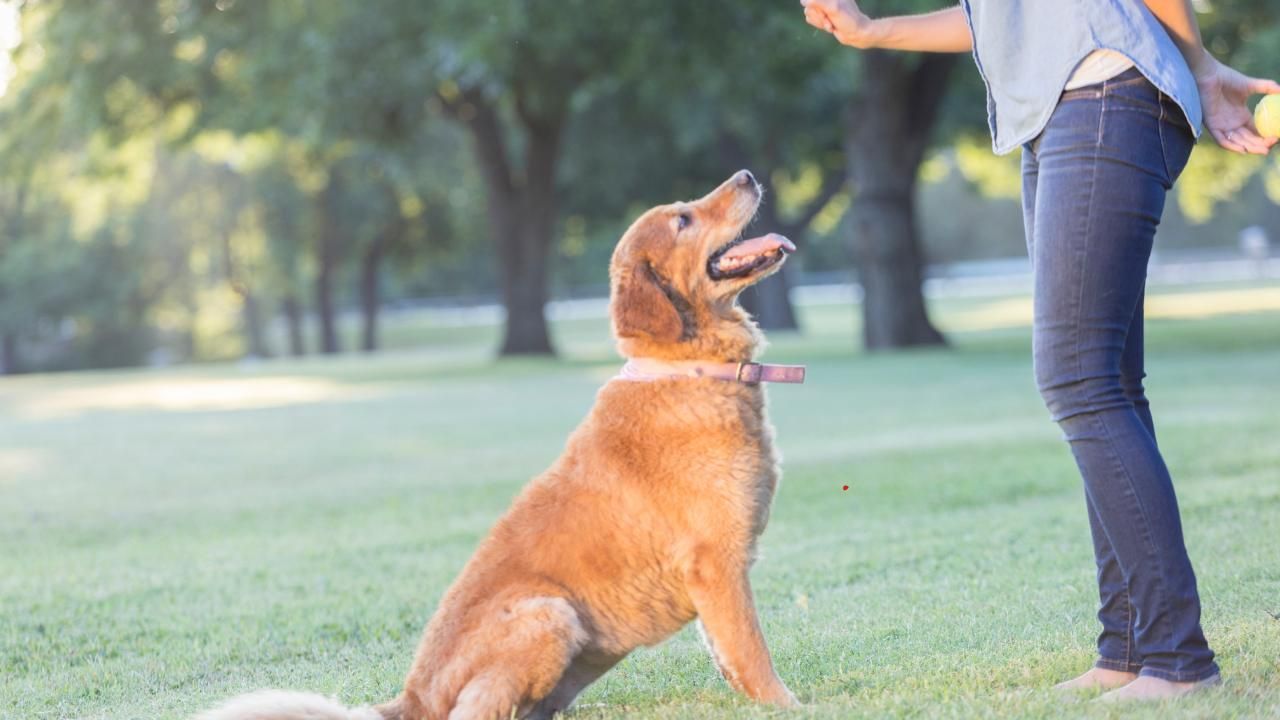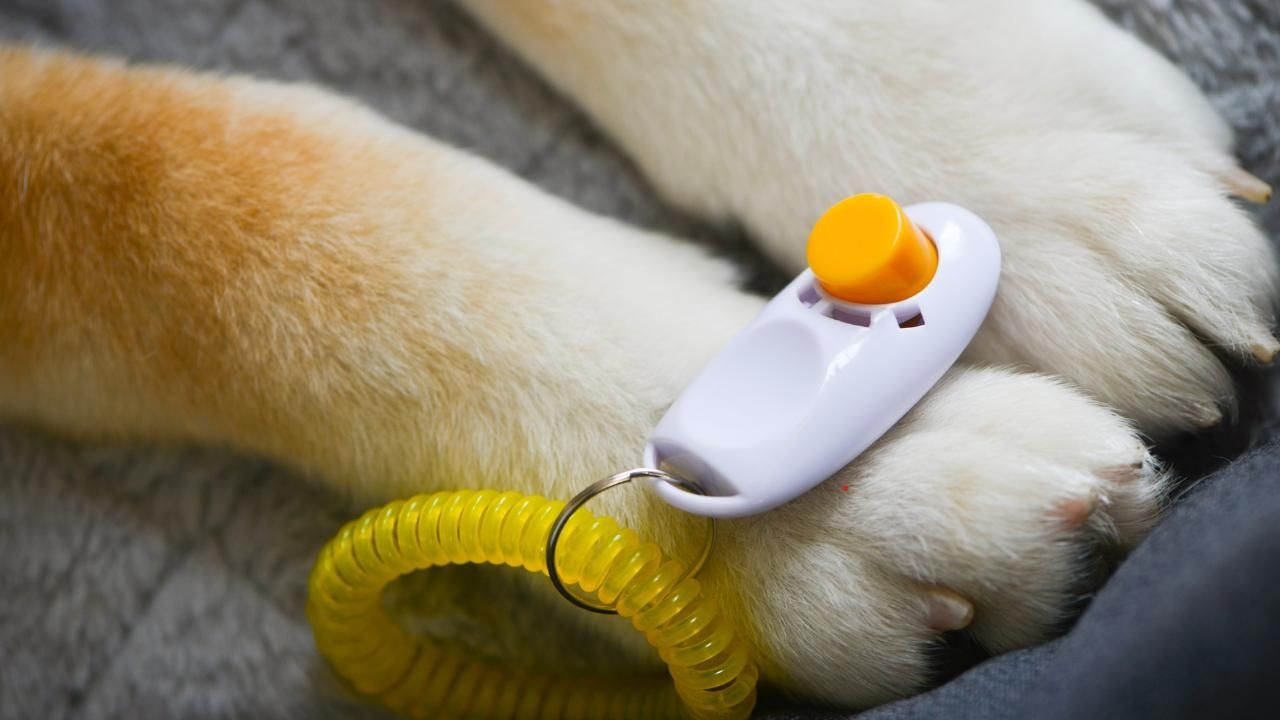Crate Training Tips for New Puppy Owners
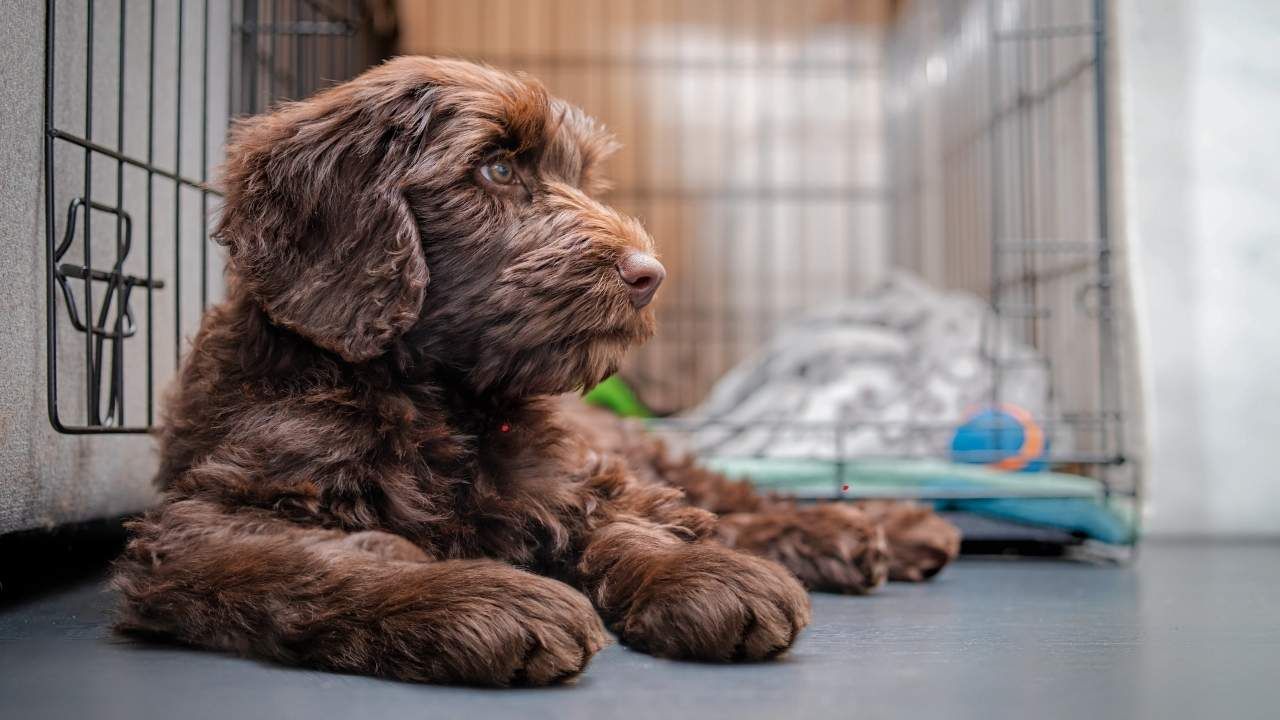
Bringing a new puppy home is an exciting experience, but it also comes with challenges—one of the biggest being house training. Crate training is one of the most effective ways to help your pup learn boundaries, develop good habits, and feel secure in their new environment. When done correctly, it provides a safe space for your puppy while also making housebreaking much easier.
If you're a new dog owner, here are some essential crate training tips to set your pup up for success.
1. Choose the Right Crate
Selecting the right crate is crucial for your puppy’s comfort and training. A good crate should be:
- Size-appropriate – Your puppy should have enough space to stand, turn around, and lie down comfortably, but not too much room where they might eliminate in one corner and sleep in another. Consider an adjustable crate if you’re getting a growing breed.
- Well-ventilated – Wire crates offer better airflow and visibility, while plastic crates provide a more enclosed, den-like feel. Choose one based on your pup’s personality.
- Comfortable – Add a soft blanket or crate pad to make it cozy, but avoid anything too plush that your pup might chew or soil.
2. Introduce the Crate Gradually
Forcing your puppy into the crate right away can create anxiety and resistance. Instead, make the crate a positive and inviting space:
- Keep the door open and let your puppy explore it on their own.
- Place treats, toys, or even their meals inside to encourage them to enter willingly.
- Use a calm and encouraging voice to associate the crate with positive experiences.
3. Use the Crate for Short Periods at First
Crate training should be done gradually. Start with short intervals and slowly increase the duration.
- Begin with 5-10 minutes while you're in the same room.
- Gradually extend the time to 30 minutes, then an hour, ensuring they remain comfortable.
- Avoid leaving your puppy crated for extended periods, especially during the day. Young puppies can typically hold their bladder for about one hour per month of age (e.g., a three-month-old puppy can wait around three hours).
4. Create a Consistent Schedule
Routine is key when crate training a puppy. Establishing a schedule helps them learn when to expect potty breaks, meals, and bedtime.
- Take them out frequently – Puppies need to relieve themselves after eating, drinking, playing, and waking up. Always take them outside before and after crating.
- Use the crate for naps and bedtime – A consistent sleep schedule helps prevent nighttime whining. Placing the crate near your bed initially can provide comfort.
- Stick to a feeding schedule – Feeding your puppy at set times each day ensures more predictable potty breaks.
5. Avoid Using the Crate as Punishment
The crate should be a positive space, not a place of isolation or discipline. If your puppy misbehaves, never send them to the crate as a form of punishment. Instead, redirect their energy with appropriate toys and activities.
If they whine or bark while crated, avoid immediately letting them out. Doing so teaches them that making noise leads to freedom. Wait until they’re calm before opening the door to reinforce quiet behavior.
6. Reward Good Behavior
Positive reinforcement is key to successful crate training. Every time your puppy enters the crate voluntarily, stays quiet, or sleeps through the night, reward them with praise, treats, or their favorite toy. This helps them associate the crate with good things.
For those looking to skip the puppy training phase altogether, there are options to adopt well-behaved pets. If you're searching for fully trained dogs for sale in Arizona, you can find reputable breeders and trainers offering dogs that are already housebroken and socialized.
Case Studies: Success Stories in Crate Training
Many new puppy owners have found crate training to be a game-changer in housebreaking and behavior management.
In Phoenix, AZ, a family struggling with nighttime whining and frequent accidents used a gradual crate training approach with positive reinforcement. Within two weeks, their Goldendoodle puppy was sleeping through the night and waiting for scheduled potty breaks.
Meanwhile, in Tucson, AZ, a first-time dog owner adopted a Poodle puppy but faced separation anxiety issues. By introducing the crate as a safe space with treats and familiar bedding, the puppy learned to settle calmly, making daily routines much smoother.
These real-world examples highlight how patience, consistency, and the right training methods lead to stress-free crate training success.
7. Be Patient and Stay Consistent
Every puppy is different, and crate training takes time. Some may adjust quickly, while others need more reassurance. The key is to stay consistent, remain patient, and make the crate a safe, welcoming space.
If you're still searching for the perfect puppy, there are many options available. Whether you’re interested in poodle puppies for sale or mixed breeds, choosing a reputable breeder ensures you bring home a healthy, well-socialized pup.
For high-quality puppies with excellent temperaments, consider Doodling Pups, LLC, a trusted breeder known for their commitment to raising well-adjusted trained dogs for families.
Final Thoughts
Crate training is an essential tool for raising a happy and well-behaved puppy. By choosing the right crate, introducing it gradually, maintaining a consistent schedule, and using positive reinforcement, you’ll create a stress-free experience for both you and your new furry friend.
With patience and consistency, your puppy will soon see their crate as a comforting retreat—making house training and everyday life much easier for everyone. Need extra support with crate training? Contact us, and we'll help guide you through the process.

